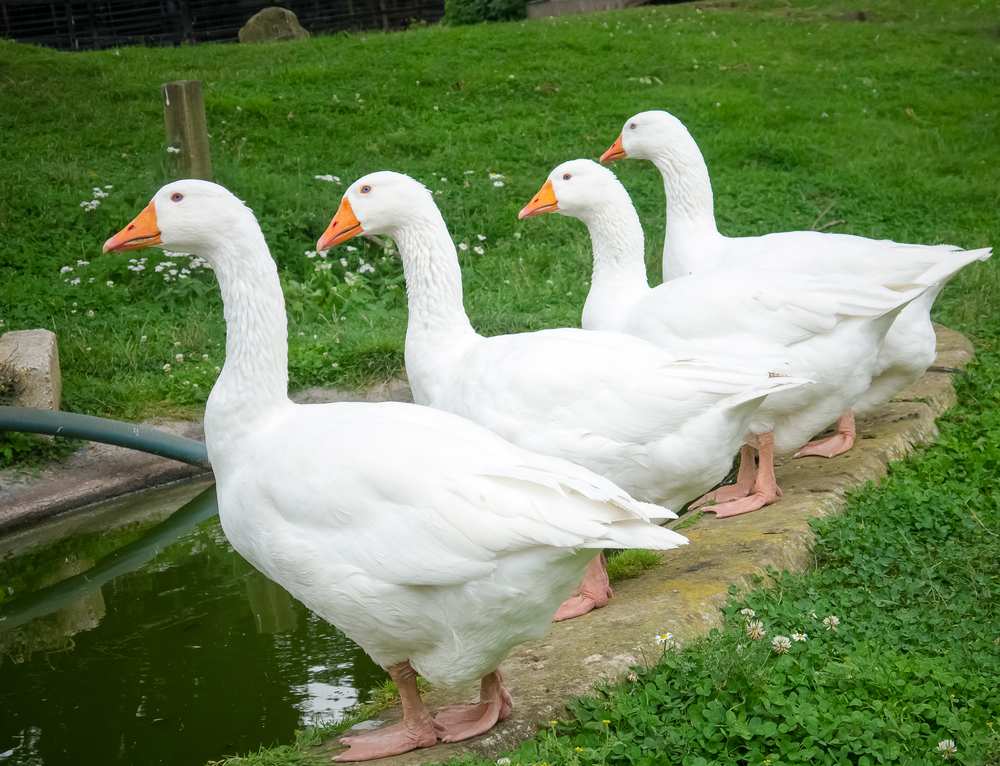I have a problem, I am an actuary and I married an actuary, so I guess there’s not much hope for our kids.
A wise man once told me that when actuaries breed, you either get more actuaries or kids who are definitely not. This certainly could be the case for my two oldest children.
My older boy is rational, logical and, of course, is good at ‘actuarial’ things, such as mathematics, languages and chess. The same cannot be said for my daughter: she is imaginative, creative, unpredictable and very much a ‘people person.’
The difference would be clear in how they might buy insurance. My son would research numerous websites, look for the best price, read terms and conditions and look at each product’s value-added services. My daughter, on the other hand, would just find something she likes – especially if it’s something friendly, funny and a bit different.
DUCK Call
When marketing we in the industry have to appeal to both people’s rational and emotional sides. A great example is the AFLAC duck, from American Family Life Assurance Company, a leading provider of health, cancer and income protection insurance that sells throughout the US and in several other countries.
Why a duck? Many years ago AFLAC’s marketing people realised that if you say “AFLAC, AFLAC, AFLAC” repeatedly it sounds like a quacking duck. So, the AFLAC duck was born. In the campaign’s first year, it made advertising history by catapulting AFLAC’s name recognition from 12% to more than 90%, where it remains to this day.
The AFLAC duck is now prominently featured on the company’s website, on its corporate identity materials, and is a major player in Aflac’s television, newspaper and magazine ads.
The company even gives away AFLAC toy ducks – indeed a recent news story reveals that George H. W. Bush, the former president of the USA, wrote a letter requesting two new ducks for his dog Sadie. The AFLAC duck, Sadie’s favourite toy, had gone missing, and of course, she wanted a new one.
The AFLAC duck might arrive in different places for different reasons, themes and so on, but the message is always consistent: when you are in trouble, AFLAC will be there to help.
The latest series of AFLAC advertisements show the poor duck is unwell. In the first, he enters rehabilitation, going to the gym, swimming in a pool, and working the weight machines under the watchful eye of his rehabilitation therapist.
Because the duck had the foresight to buy an income protection policy from American Family, his income needs are covered while he convalesces. (Please feel free to send the duck a get-well card – over 35,000 other people already have.) The series of adverts shows the AFLAC duck’s progress, and how he has benefited from the income protection policy.
As well as being fun and engaging, the benefits of the insurance are clearly explained, you see the value of rehab, and you are told the process that you must go through to claim and how the insurer will deal with your claim.
Speaking as someone who has been through the pain of two family members claiming under an income protection policy, I can assure anyone that this process is long, slow and tedious for the claimant.
We work in the industry, so we know insurers need to check for non-disclosure, we know medical information must be verified, and we know there is anti-selection, moral hazard, fraud, ‘swinging the lead’ – whatever you want to call it.
We understand but does the public? If insurers did explain that they do all this double-checking so that decent, honest, hard-working people do not subsidise the not-so-honest, would it make the process easier to endure?
If we explain that health insurance takes care of paying for rehabilitation, but the policy pays for living expenses so that the policyholder can focus on recovery, would they understand the cover better, and value it more? Finally, if the industry explained all this in an interesting and informative way, would the customer have a better level of trust and engagement?
It could be argued that a lot of this is not necessary in the IFA world. We have trusted professionals who explain the benefits and risks of the policy. It is their job to give advice and to build that trust. However, as the world moves forwards and inevitably the adviser spends less time as part of the sale, what is the industry doing to build and reinforce that trust?
So, building a marketing campaign around a duck might seem quackers, but it certainly works – at least for my daughter, if not my son.


